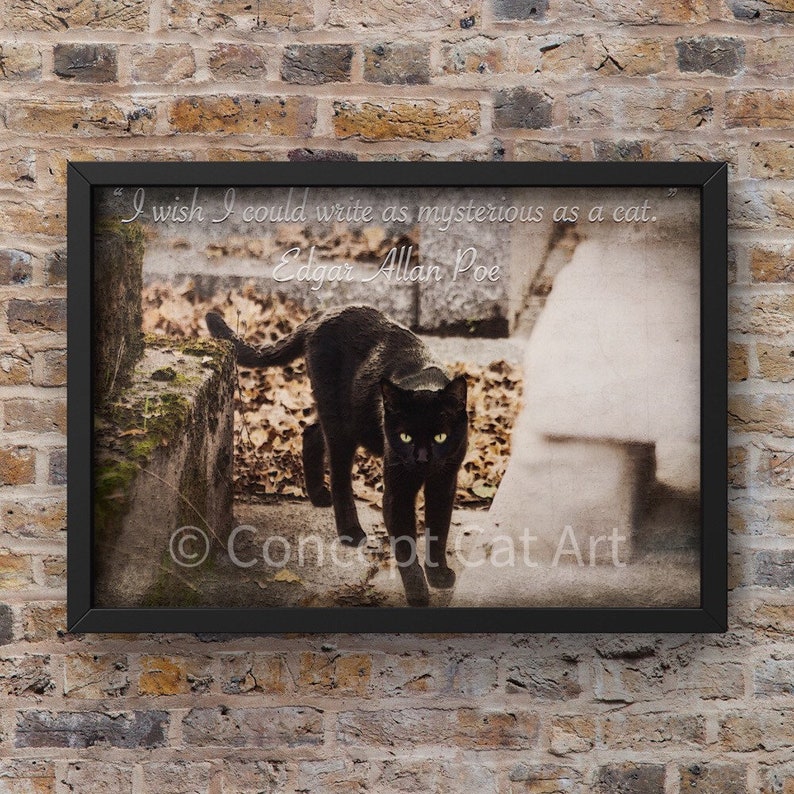

Superstitions continue to surround black cats, a few popular beliefs are: Each different colour has a specific meaning: White is happiness and purity, Gold wealth and prosperity, Red for love, Green is good health, Black wards off evil and Calico is a combination of all of these and considered the luckiest


In contrast to European beliefs, the black Maneki-Neko cat is thought to ward off evil spirits and protect its owners homes.Ībove A variety of Maneki-Neko figurines. The most popular myth says that an owner of an impoverished shop took in a stray cat who, as a reward for the man’s charity, sat in front of the shop to beckon to customers. Many stories and folktales surround the origins of the Maneki’s. The Maneki-Neko (the Beckoning Cat), a waving cat figurine, is used as a good luck talisman and is often displayed in shops and restaurants to bring prosperity to their owners. In Japanese culture the cat is seen as a symbol of good luck. Many linked cats to the devil through their predatory nature, comparing their slow hunt and torture of mice to that of the devil’s persecution of human souls in hell. In 1484 the situation came to a head when Pope Innocent declared that the “cat was the devil’s favourite animal and idol of all witches”, which led to the mass persecution of cats during the witch trials.Ībove a medieval manuscript depicting a black cat hunting. Fears continued to deepen, at their trial in 1307 the Knights Templars were accused of practising witchcraft with their familiars, who took the form of black cats at meetings. By asserting that the devil takes “the black cat” as his form “before his devotees”, Map cemented the animals malignant reputation, forever linking it to witches and the dark arts. On the right stands Sekhmet, one of the oldest Egyptian deities, depicted as a lioness to symbolise her position as a warrior goddess of Upper Egypt.ĭuring the Medieval Period Europeans viewed cats with animosity, as influential writers like William Caxton (1422-1491) and Walter Map (1140-1210) condemned them as “the Devil’s descendants”. Pictured on the left is Bastet, the Egyptian goddess of the home, domesticity, women’s secrets, cats, fertility, and childbirth. Entire families would mourn the death of their cat, commemorating its passing by shaving off their eyebrows and mummifying the animal’s body. Cats themselves were central to Egyptian households, not only believed to be living incarnations of the goddess Bastet, but also to keep poisonous snakes away and protect the domicile from vermin. Thought to be representatives of bad luck, power and death, they have been loved, hated and feared from the beginning of civilisation.Īround 3100BC, two of the most sacred deities in Ancient Egypt were the felines Bastet and Sekhmet. For centuries black cats have been associated with the mystical.


 0 kommentar(er)
0 kommentar(er)
